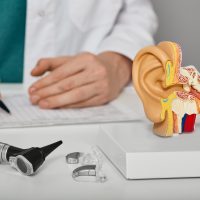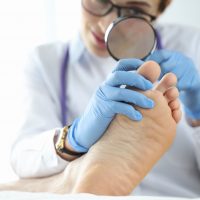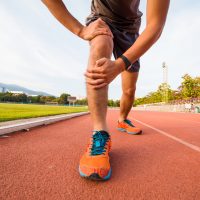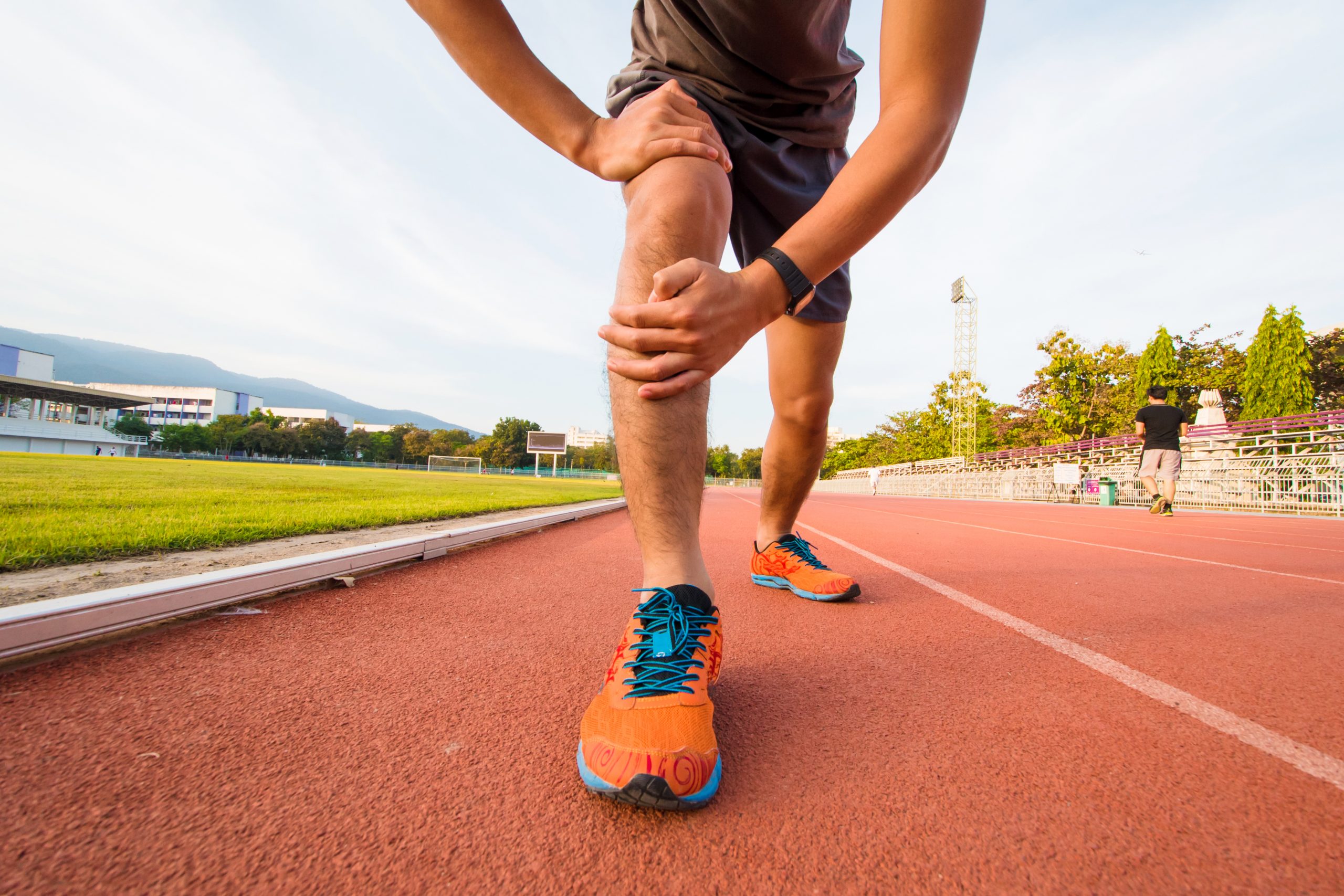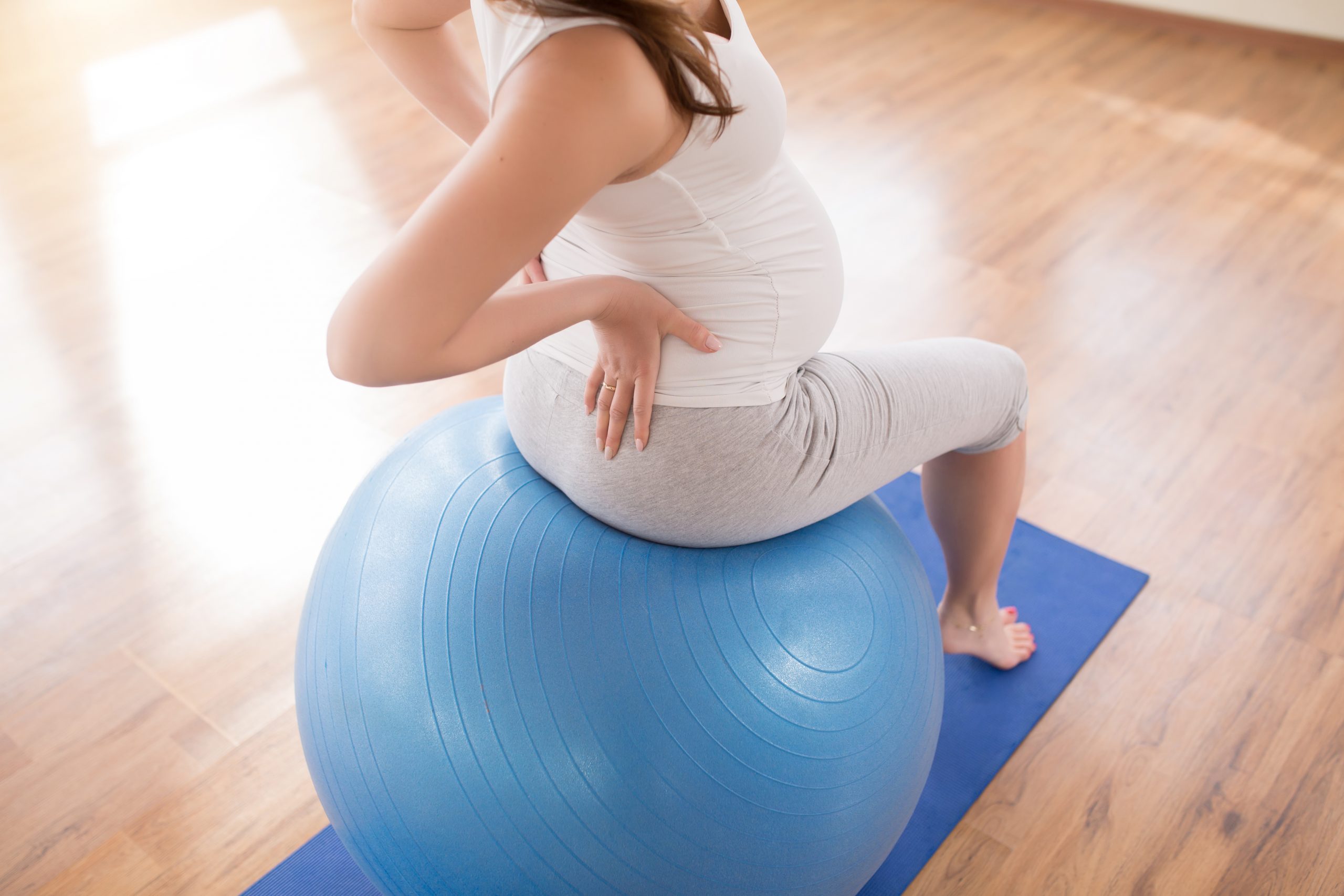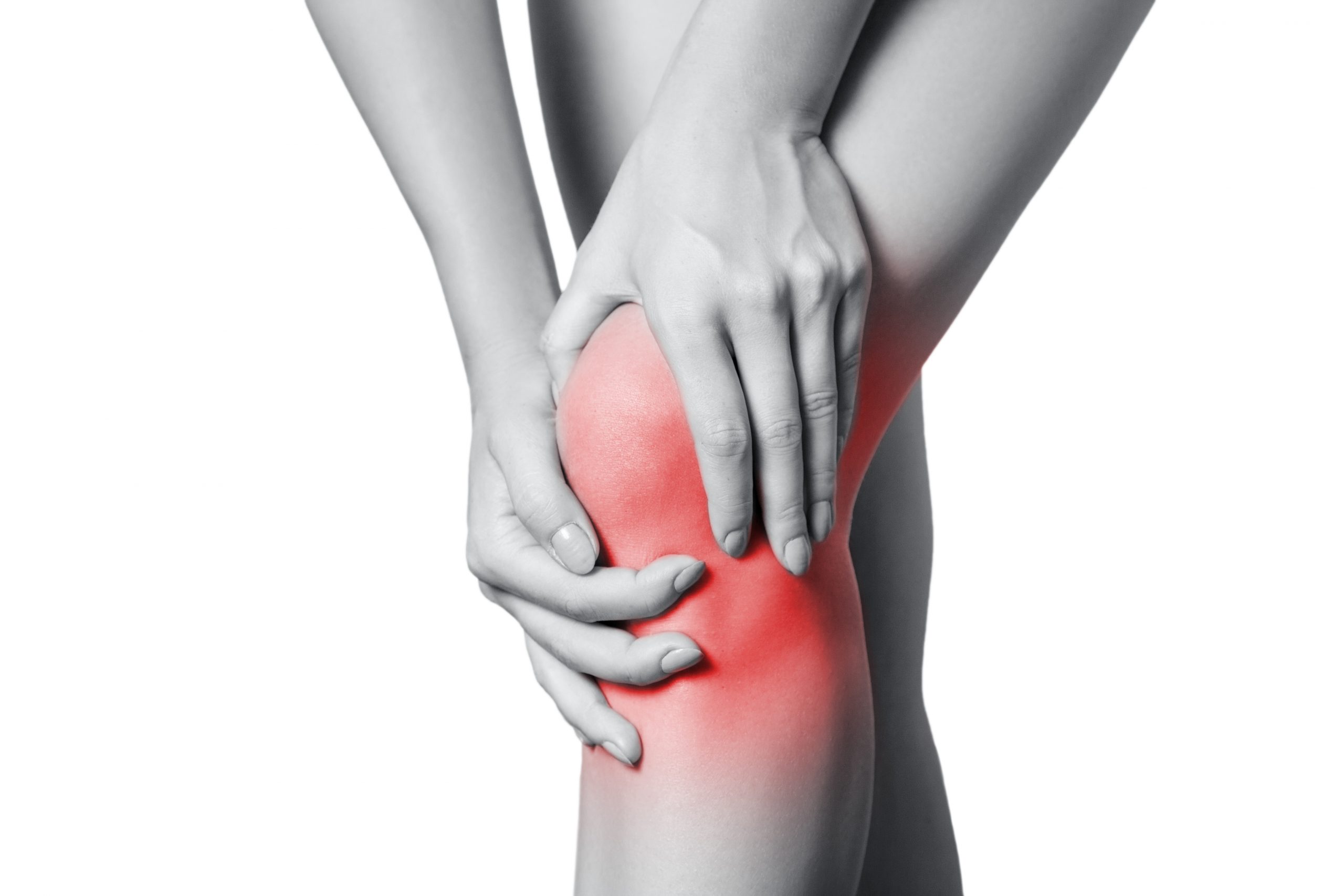When it comes to joint health, we often focus on exercise, diet, and overall fitness. However, one crucial factor that is often overlooked is footwear. Wearing the right shoes plays a significant role in supporting joint health, preventing injuries, and promoting mobility. In this article, we will explore the importance of proper footwear for joint health and discuss tips for choosing the right shoes for support and mobility.
- Shock Absorption: The joints in our feet, ankles, knees, and hips bear the weight of our bodies and absorb the impact of each step we take. Wearing shoes with proper shock absorption helps reduce the stress on our joints, minimizing the risk of joint injuries and conditions like osteoarthritis. Look for shoes with cushioning materials in the midsole and heel area to provide adequate shock absorption.
- Stability and Alignment: Proper footwear supports joint stability and alignment. Shoes with features like a firm heel counter and arch support help maintain the natural alignment of the feet and lower limbs. When the joints are properly aligned, stress is distributed evenly, reducing the risk of overuse injuries and joint misalignment.
- Arch Support: Arch support is crucial for individuals with flat feet or high arches. Shoes with adequate arch support help maintain the natural arch of the foot, providing stability and preventing excessive pronation (inward rolling) or supination (outward rolling) of the foot. Proper arch support reduces strain on the joints and can alleviate discomfort and pain associated with conditions like plantar fasciitis or shin splints.
- Cushioning and Comfort: Wearing shoes with sufficient cushioning is essential for joint comfort and protection. Cushioned shoes help absorb impact and reduce pressure on the joints, preventing excessive wear and tear. Opt for shoes with cushioned insoles and ample padding throughout the shoe for optimal comfort and joint support.
- Proper Fit: Proper shoe fit is crucial for joint health. Ill-fitting shoes can lead to blisters, calluses, and pressure points that cause joint discomfort. Shoes that are too tight can restrict movement and cause compression on the joints, while oversized shoes can lead to instability and increased risk of tripping or falling. Ensure that shoes have enough room in the toe box to allow for natural movement and that they provide a secure fit around the heel and midfoot.
- Sole Flexibility: The flexibility of the shoe’s sole is important for maintaining natural foot movement and promoting joint mobility. Shoes that are too stiff can restrict the natural flexion and extension of the foot, putting additional strain on the joints. Look for shoes with a flexible sole that allows for proper foot mechanics and comfortable movement.
- Activity-Specific Shoes: Different activities require different types of footwear. Choosing activity-specific shoes can significantly reduce the risk of joint injuries. For instance, running shoes provide specific features like extra cushioning and shock absorption, while hiking boots offer ankle support and stability. Using appropriate footwear for specific activities helps protect the joints and promotes proper biomechanics.
- Regular Shoe Replacement: Over time, shoes lose their cushioning and support, which can lead to reduced joint protection and increased risk of injuries. It is important to regularly assess the condition of your shoes and replace them when they show signs of wear and tear. As a general guideline, replace running shoes every 300-500 miles or every 6-12 months, depending on usage.
- Orthotic Inserts: For individuals with specific foot conditions or joint abnormalities, orthotic inserts can provide additional support and customization. Orthotics can help correct imbalances, provide targeted support to problematic areas, and alleviate joint pain. Consult with a healthcare professional or podiatrist to determine if orthotic inserts are beneficial for your joint

